Dharamshala, 30th October: The Dalai Lama, only days before the United Nations Climate Change Conference (COP26) in Glasgow, UK, talked on Friday about the importance of addressing climate change “since the destiny of our earth is in our hands.”
“At least in Asia, Tibet is the final source of water,” the Nobel Peace Laureate stated, reiterating his fears about the impacts of climate change on the Tibetan Plateau, the world’s “third pole.” He pointed out that all of Pakistan’s major rivers, including the Ganga and Brahmaputra rivers in India, the Yellow River in China, and the Mekong River in Vietnam, originate there.
More silt is being flushed into Asia’s high mountain rivers as a result of climate change. Increased sediment in rivers could build up behind dams, causing reservoirs to fill up more quickly than predicted. Because of the massive volumes of ice held in the area’s snowpack, glaciers, and permafrost, the Tibetan Plateau have been dubbed the “Third Pole” or the “Water Tower of Asia.” Meltwater from many of Asia’s greatest rivers, including the Yangtze, Indus, and Mekong, is pumped into tributaries by annual spring thaws. Streams and rivers snaking out of Tibet give freshwater to over a third of the world’s population, as well as being critical for hydropower and agriculture.
China rushes to burn more coal, jeopardising climate goals. Due to a lack of electricity, the country is rushing to increase mining despite the hazards to the environment, miner safety, and the economy. China’s emissions and harmful air pollution will rise as a result of burning coal, which is already the world’s single biggest driver of human-caused climate change. China is developing mines to produce an additional 220 million metric tonnes of coal each year, up roughly 6% from last year. China already mines and consumes more coal than the rest of the world put together.

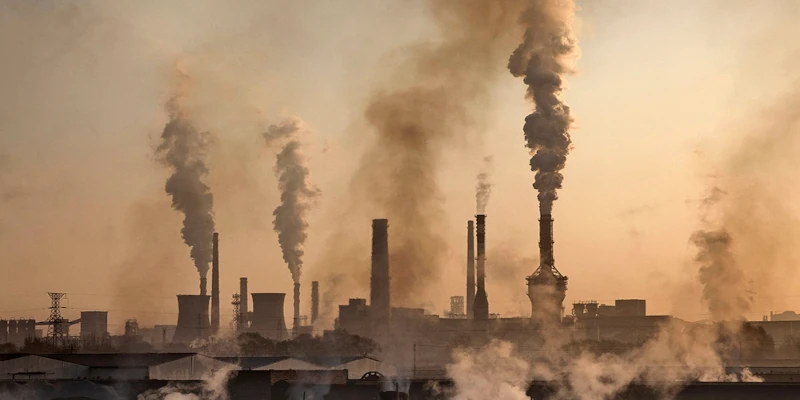
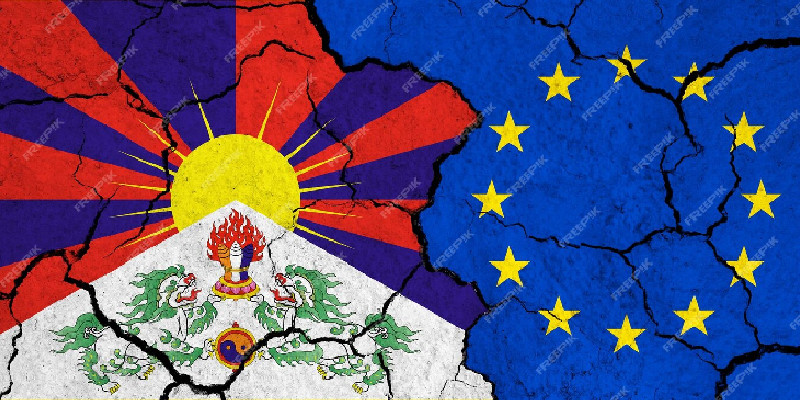
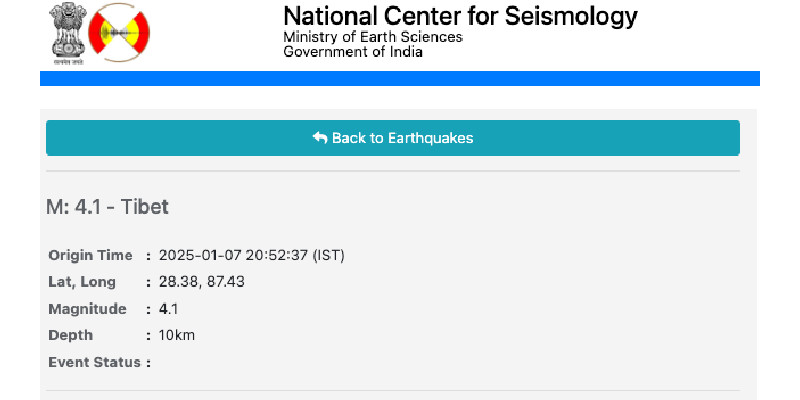
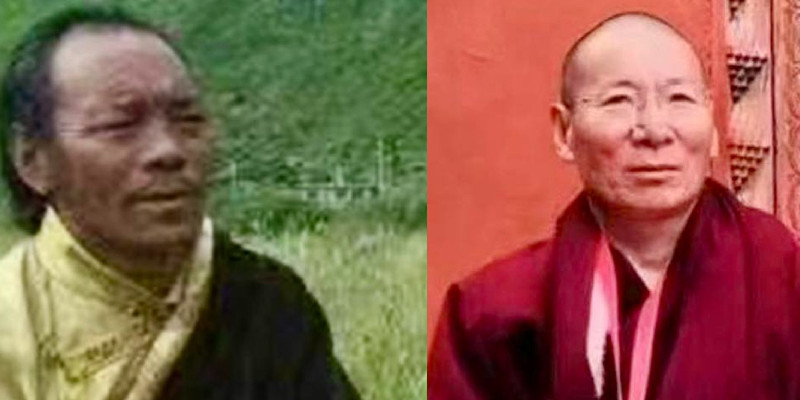
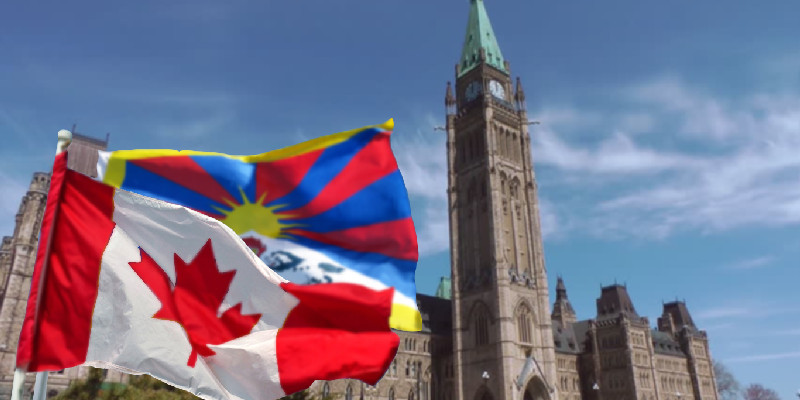

Leave a Reply